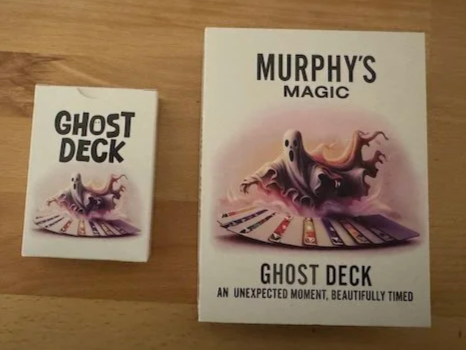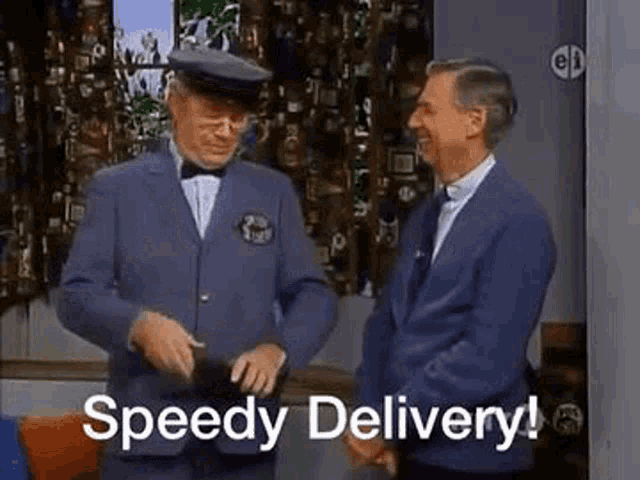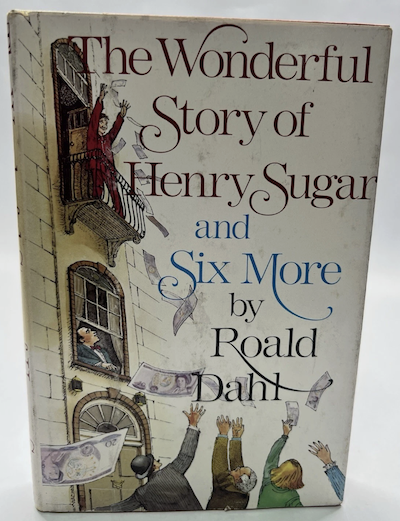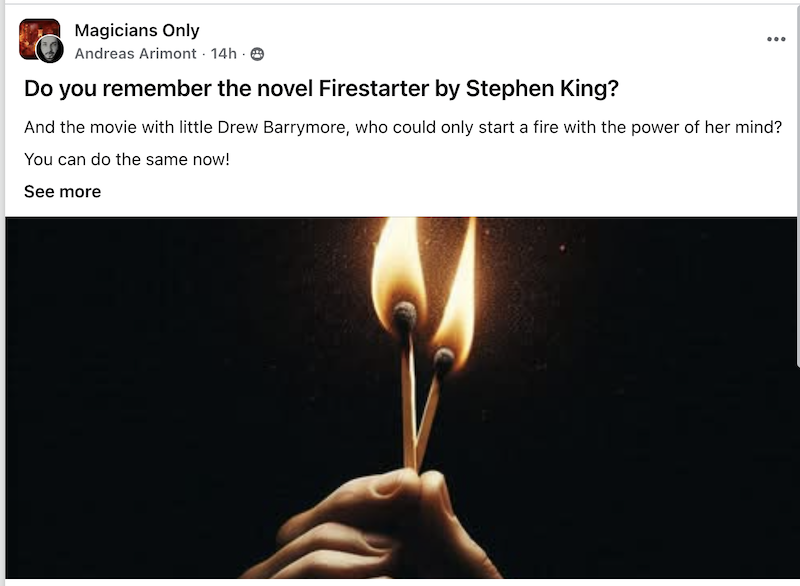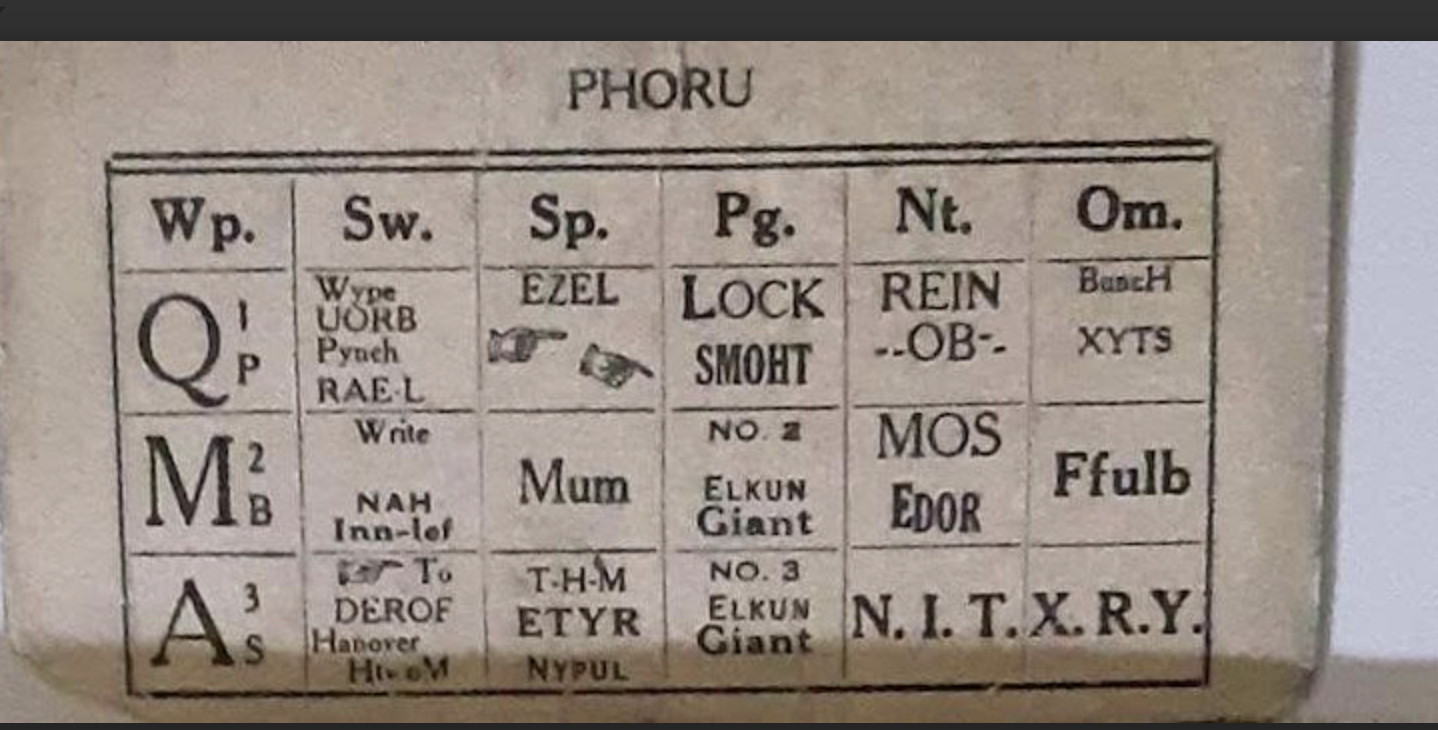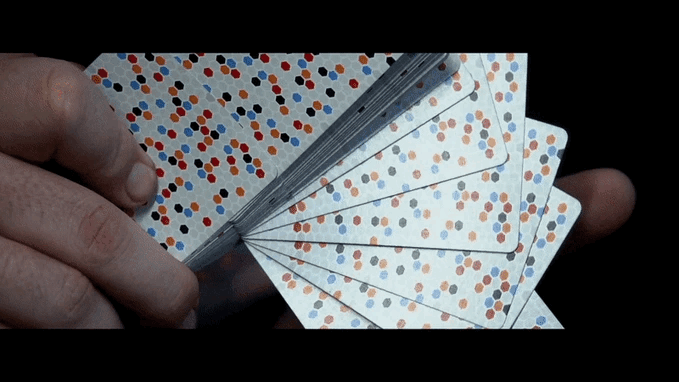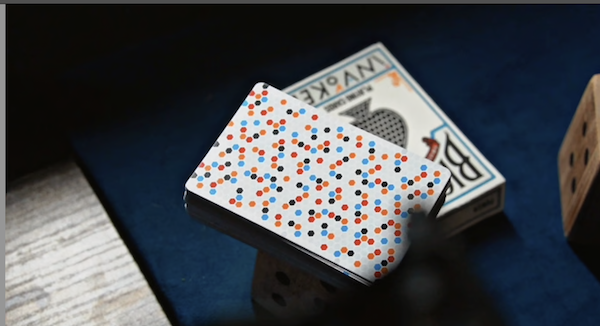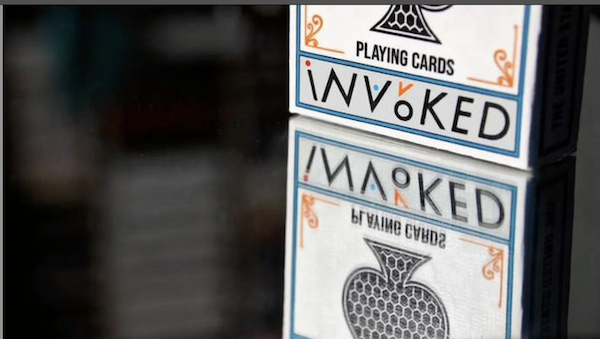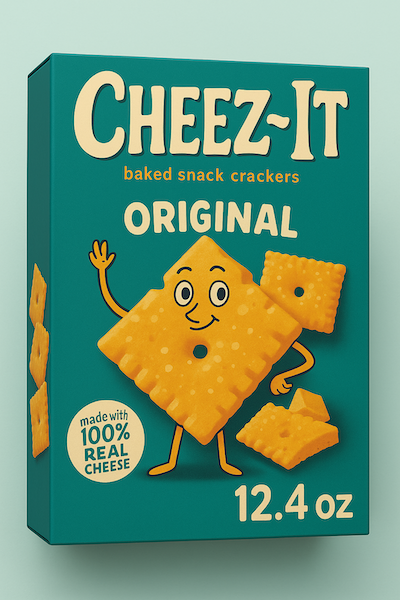On Likability
/I started watching Taskmaster earlier this year because an old friend was on a recent season.
For those who don’t know the show, five comedians compete in a series of absurd “tasks.” They’re awarded points depending on how well they accomplish the tasks and they “win” “prizes” contributed by the other contestants.
The same group stays together all season, so you really get to know them.
A couple of weeks ago, my friend who I watch the show with said, “The casting on this show is great. Everyone is very likable.”
And it’s true. I’ll start a season and look over the new cast and I might find myself drawn to a couple of them. But by the end of the season, in almost all cases, I like the contestants more than I anticipated I would.
Well, sure, it’s because you know them better.
No. Getting to know people better doesn’t make me like them more in most situations. Not in real life or TV. When I watch a season of Survivor, I don’t end the season liking most of the contestants.
Yes, but these are comedians, and funny people are likable.
Well, technically they’re not all “comedians.” But even so, I didn’t say that by the end of the season I found them all funny. I said I found them all likable.
Why? And what does this have to do with magic?
Here’s what I believe. The reason the Taskmaster contestants feel so generally likable, despite massive dissimilarities when it comes to race, gender, age, sexuality, temperament, is that a lot of the season is spent watching these people struggle and fail. And at times we see them have unexpected success, and we see them celebrate that.
These are very human moments, and they make people very likable.
And moments like these are almost completely missing from most magic performances.
If we fail, it’s in an obviously fake way, designed to build tension for our ultimate success.
When we succeed, there’s rarely any joy or surprise in it.
The magician changes five $1 bills into five $100s, and what does he do? He cocks his eyebrow, gives a small smile, and makes a joke.
What if instead he blurted out, “Holy shit. Holy shit! That worked? I can’t believe that worked! Shit… hold on… can we spend this? Will they somehow know it’s not real? Or… is it real? I don’t even… Oh, who cares. Let’s go out. I’m treating you to dinner. Let’s see if this stuff spends like the real deal.” That’s going to make the moment feel much different to the participant.
This sort of thing has to be done judiciously, of course.
But if you can mix in failures that don’t resolve themselves…
“Sorry. I’m not getting it. What word were you thinking? Carnation? Hmm… no, I wasn’t even close.”
And successes that leave you genuinely excited…
“We drew the same thing? Seriously?! That’s so wild! I genuinely felt like I was stepping into your mind. That’s crazy. I thought this imagination-syncing ritual was total bullshit.”
Then you’ll create moments of genuine humanity—rare in an art form that usually keeps the performer and audience at arm’s length.
As far as how often to use this technique, don’t overdo it or it will cease to mean anything to people.
I’ve never worked out how frequently I’ll do this sort of thing, but if I had to guess, I like to weave in something totally “not working” about once every ten times. This could be me failing to do what I was attempting, or whatever concept we’re exploring being a dud (“I knew this imagination-syncing ritual was nonsense.”)
The rest of the time, when the trick does work, I make sure to act at least a little surprised, pleased, confused, or freaked out. These are the reactions of a human, not an all-powerful wizard. And I can dial those reactions up or down so I’m not always acting the identical way after a trick.
For the most part, the only time I ever act like “I knew that would happen” is with the Spectator-As-Magician plot where (sometimes) my response will be, “See? I knew you’d be good at this.”
In magic, we tend to want to avoid an actual failure or looking excited by what happened. We think it will make us look less cool. Instead, we like things like “sucker tricks.” “I’ll pretend to fail, and then I’ll prove all along that I was the smart, talented one!” These shouldn’t be called sucker tricks. They should be called douchebag tricks. Because when done in casual settings they make you look like a douchebag.


